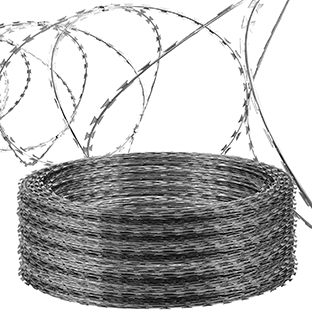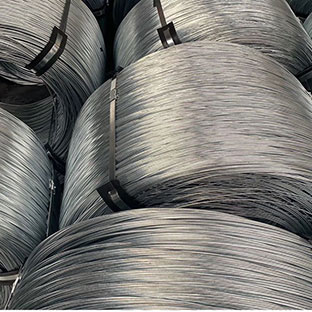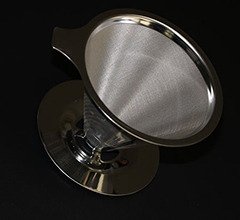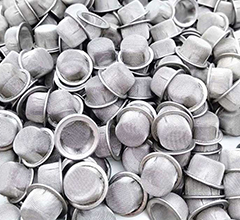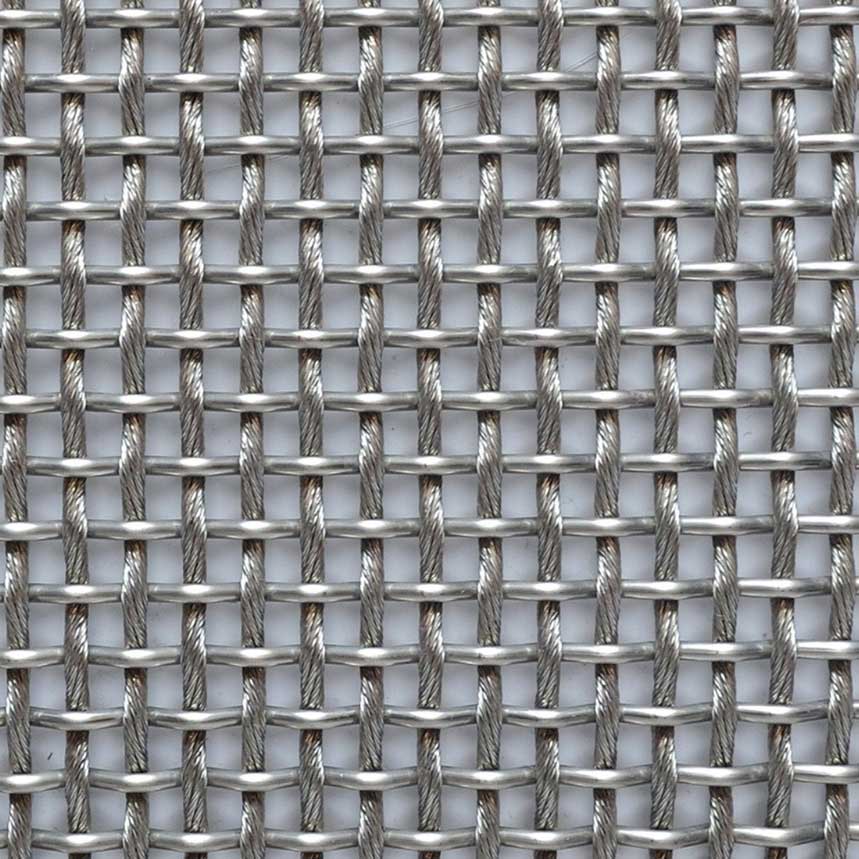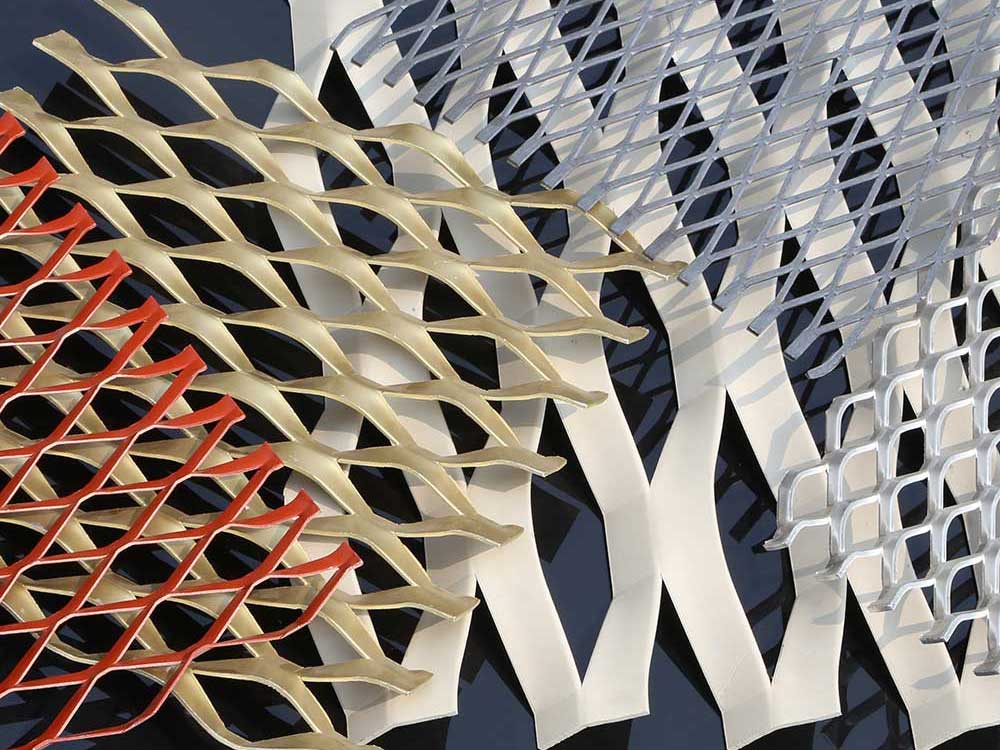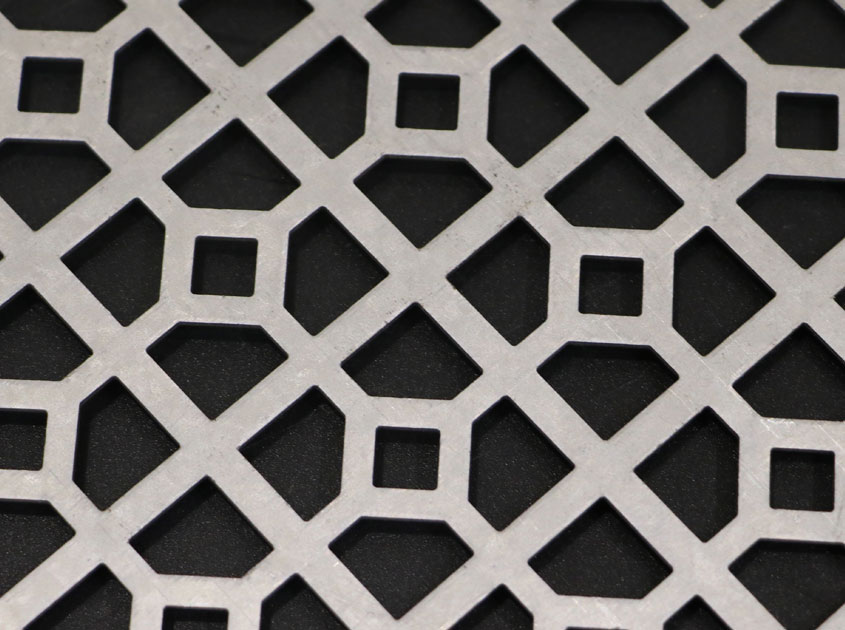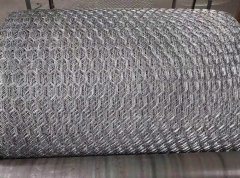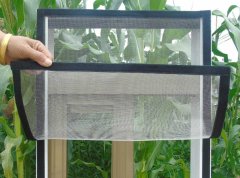Galvanized wire mesh is a versatile material that finds its place in a wide range of applications, from construction and landscaping to industrial projects. When it comes to installing this mesh, a key consideration is the method of connecting and securing it effectively. In this guide, we will delve into the process of connecting galvanized wire mesh using fasteners—an essential step that ensures not only a sturdy installation but also a streamlined process that saves time and effort.
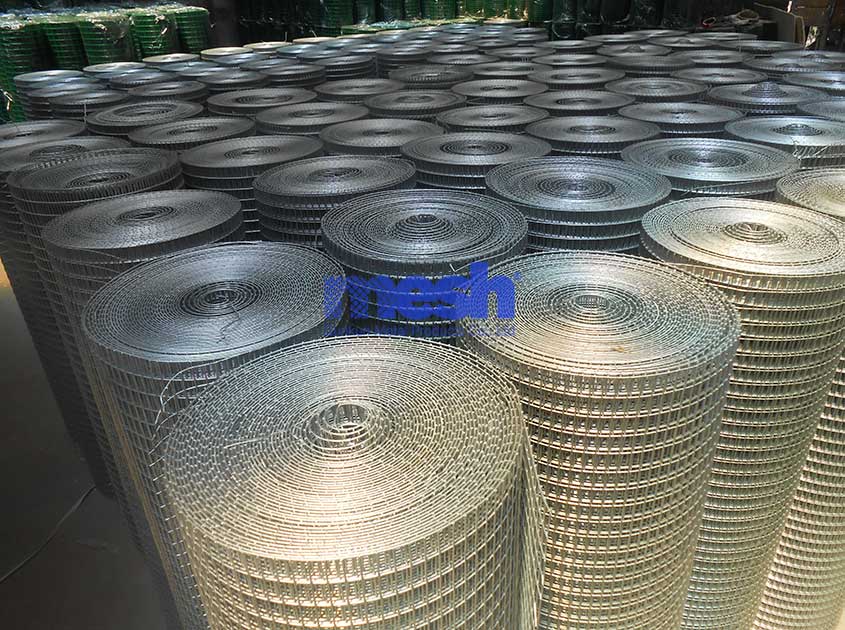
The Strength of Galvanized Wire Mesh
Before we delve into the installation process, let's first appreciate the inherent strength and durability of galvanized wire mesh. This type of mesh is coated with a layer of zinc to protect it from corrosion and rust, making it a reliable choice for both indoor and outdoor applications. Its robust composition ensures that it can withstand various environmental conditions while maintaining its structural integrity over time.
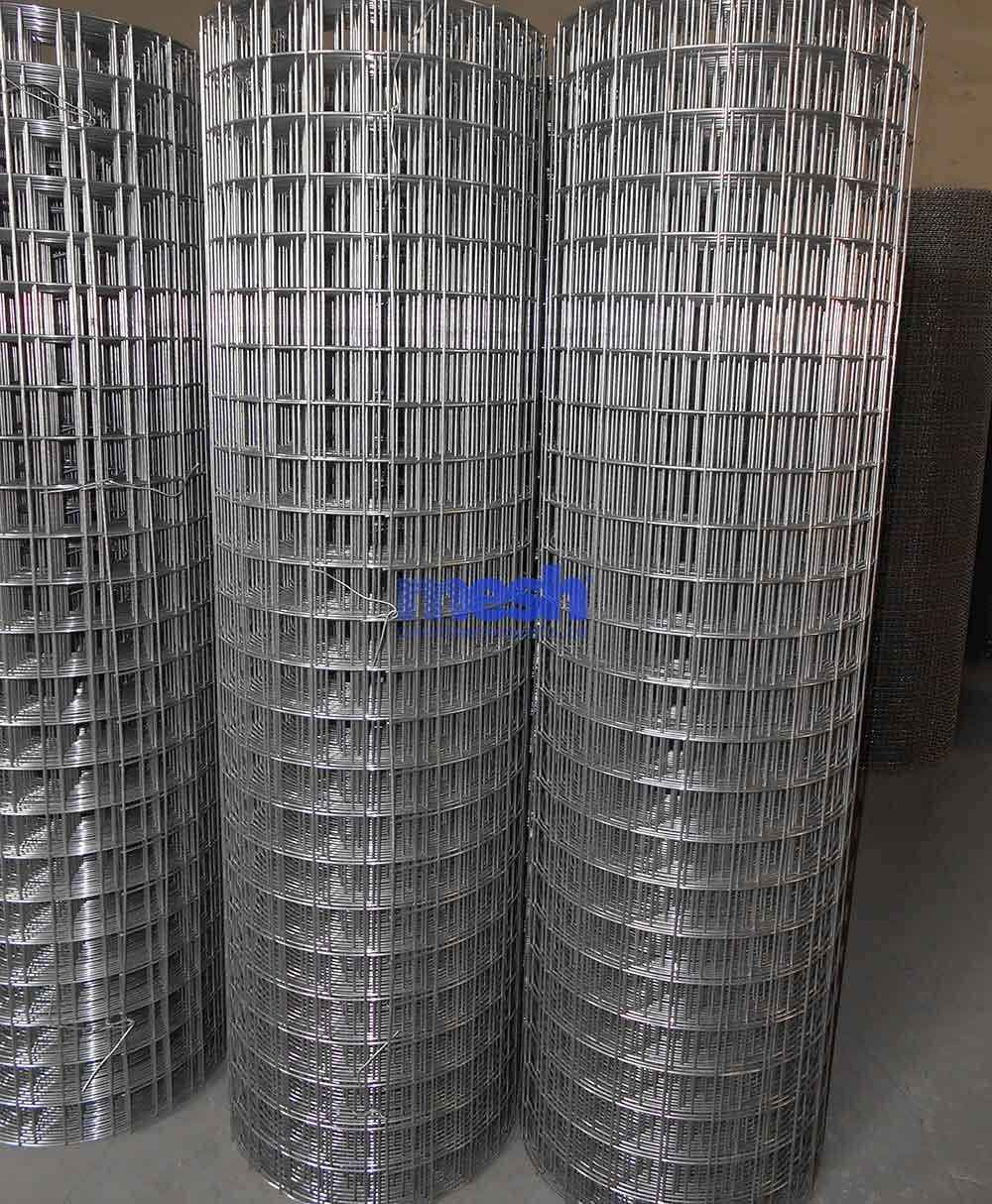
Selecting the Right Fasteners
When it comes to connecting galvanized wire mesh, choosing the right fasteners is crucial. Fasteners come in a variety of types, including screws, nails, staples, and clips. The selection depends on factors such as the intended use of the mesh, the type of surface it will be attached to, and the specific requirements of the project. Stainless steel fasteners are often recommended due to their corrosion resistance, which complements the galvanized coating of the wire mesh.
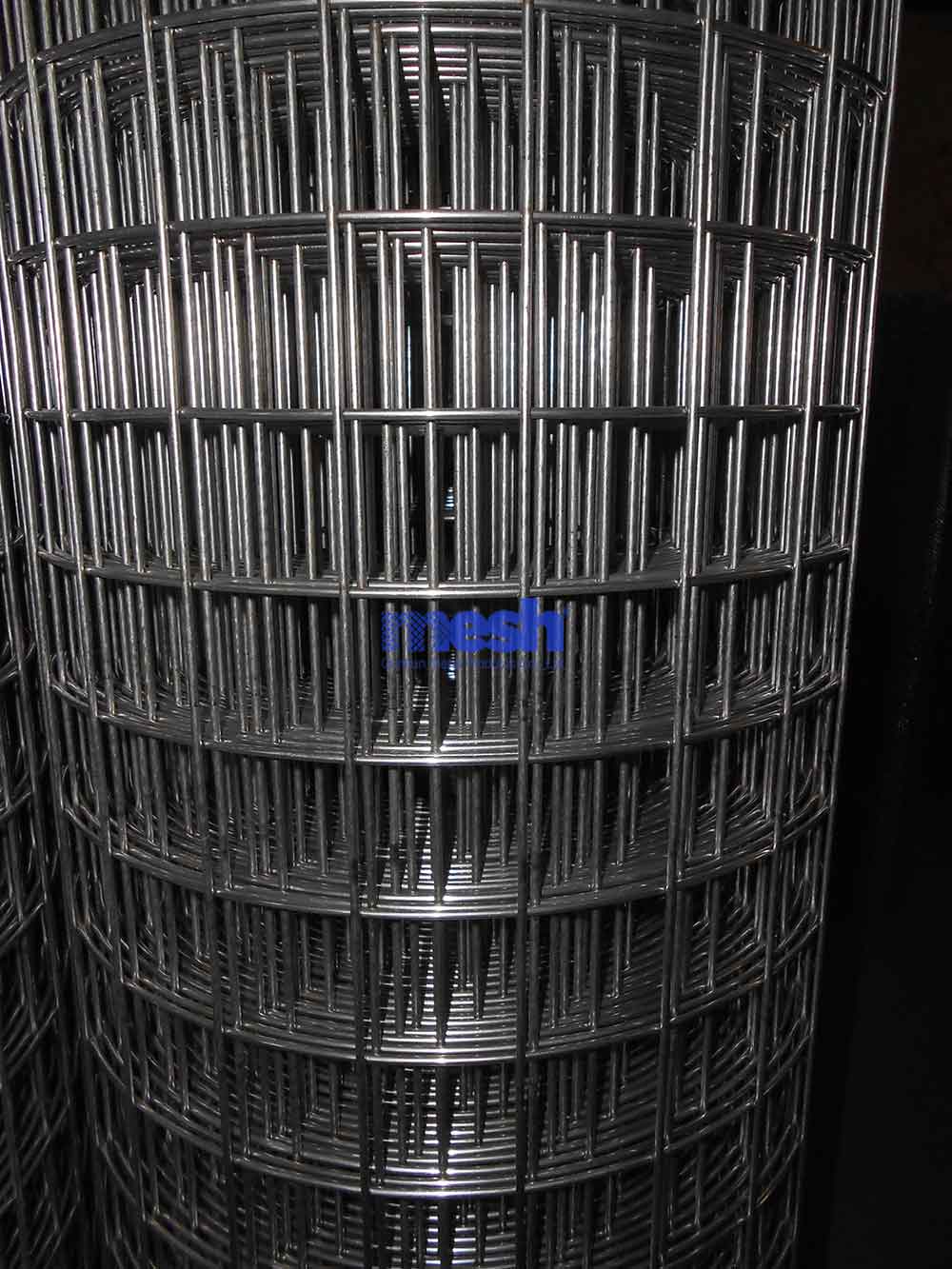
Preparation and Planning
A successful installation begins with careful preparation and planning. Before connecting the galvanized wire mesh, ensure that the surface is clean, level, and free from any debris that could hinder the attachment process. Measure and mark the areas where the mesh will be installed, taking into account any overlaps or intersections. This step not only ensures accurate placement but also minimizes the risk of errors during installation.


.jpg)




.png)






































